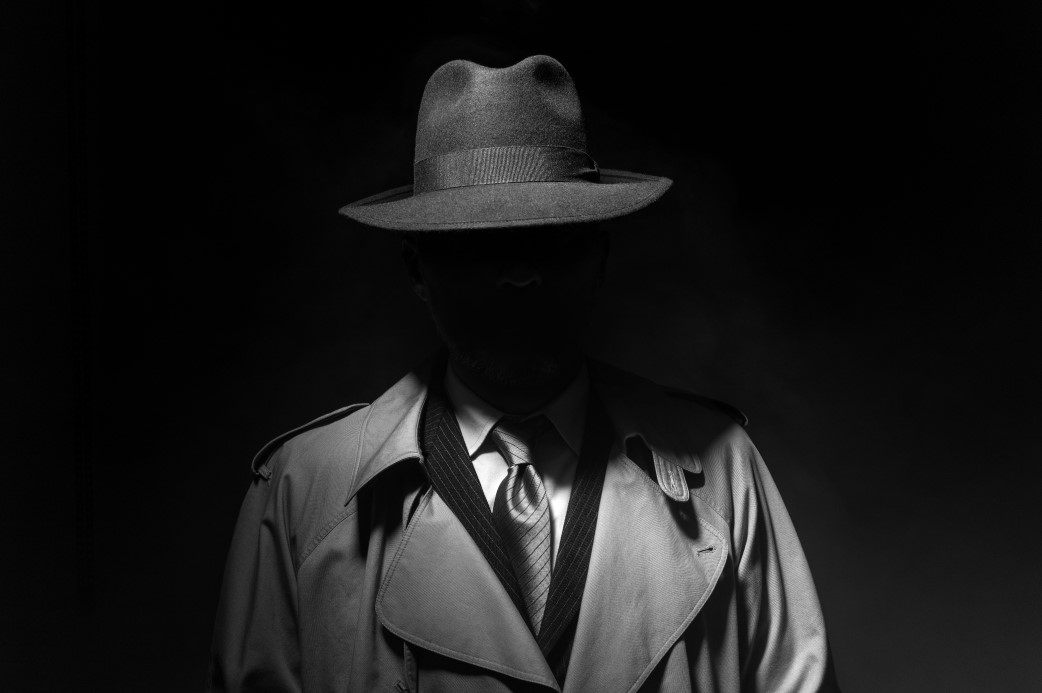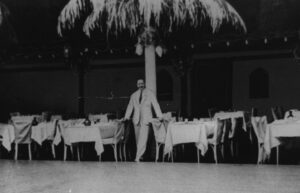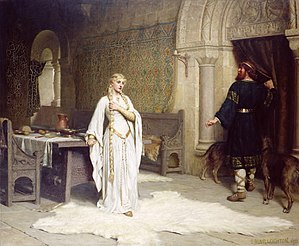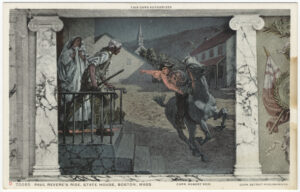
Who Cheers for the Bad Guy?
Early 1930s. Great Depression in full swing. New Deal relief still only theoretical. The banks which have not failed continue to foreclose on defaulted mortgages at record pace. With distrust of the government and absolute resentment of banks, it becomes easier to appreciate the romanticizing of Depression era Gangsters.
Bonnie & Clyde. Pretty Boy Floyd. George “Baby Face” Nelson. Ma Barker. And Public Enemy No. 1, John Dillinger. These thieves and their gangs predominantly targeted banks throughout the Midwest. They were no mobsters of the likes of Al Capone, Meyer Lansky or Albert Anastasia. They did not belong to some larger syndicate. Rather, these gangs were free-lancing opportunists sticking it to what is left of the establishment, especially banks.
The 1930s social media, otherwise known as newspapers and news reels at the movies, push the narrative of Gangsters as modern day Robin Hoods. J. Edgar Hoover, at the Bureau of Investigation (soon to be renamed the FBI), responds with publication of his Public Enemies List naming bank robber, escaped prisoner and murderer John Dillinger as the first Public Enemy No. 1. Across the nation as movie house news reels carry stories of this Public Enemies List, movie-goers cheer images of John Dillinger and hiss at images of federal agents.
But Robin Hoods? That analogy clearly was half correct. These gangs knew how to “rob from the rich” banks. The bank robberies appeared well-prepared with knowledge of time before police could arrive, detailed casing of banks by pretending to be federal officials, established get-away routes including gasoline cans hidden in hay fields for refueling, and prepared safe houses for laying low hundreds of miles from the latest heist. However, the stories of “and give to the poor” are virtually non-existent.
Charles “Pretty Boy” Floyd stands out as the only one of the bunch who might be able to claim Robin Hood status. During bank robberies, Pretty Boy Floyd would burn or otherwise destroy mortgage documents at the bank in an effort to free others of their debts. These acts may not fit squarely into the “and give to the poor” category. Yet, among this collection of Gangsters, Pretty Boy Floyd appears at least marginally concerned with others.
Before canonizing Pretty Boy Floyd as a saint, we should recognize that he robbed 30 banks and killed at least 10 people along the way. After John Dillinger’s death, Pretty Boy Floyd deservedly became Public Enemy No. 1 until federal agents killed him in late 1934. Speaking of John Dillinger, he also killed at least 10 people while robbing a mere 24 banks. Dillinger does get credit for also improbably robbing four police stations before being gunned down in July 1934. The scorecards for our other named media darlings:
Bonnie & Clyde. 15 banks robbed (but countless gas stations and local stores also held up). Dramatically killed by countless bullets by law enforcement in May 1934. Onlookers at their death tried try to take body parts as souvenirs.
Ma Barker. Oversaw the Barker – Krepis gang credited with 11 bank robberies. The actual number of bank robberies is not known as Ma Barker rotated gang members with different hits on banks. Ma Barker made it all the way to 1935 before being gunned down.
George “Baby Face” Nelson. The number of bank robberies is not entirely clear. Baby Face Nelson functioned for a while as part of John Dillinger’s gang. However, Baby Face Nelson was quite trigger happy and killed more federal agents than anyone else. John Dillinger refused to work with Baby Face Nelson after a few bank robberies considering Baby Face Nelson “too dangerous” to be around. Law agents killed Baby Face Nelson in 1934.
The era of the romantic Gangster rose quickly in 1930 and ended with an avalanche of federal bullets between 1934 – 1935. Perhaps this short duration adds to the romanticism. Yet, I do not recall Robin Hood having killed so many along his journey. One point is clear: J. Edgar Hoover did not react well to America hissing at him while cheering the bad guys. Maybe people already knew that J. Edgar Hoover was not such a good guy after all.




